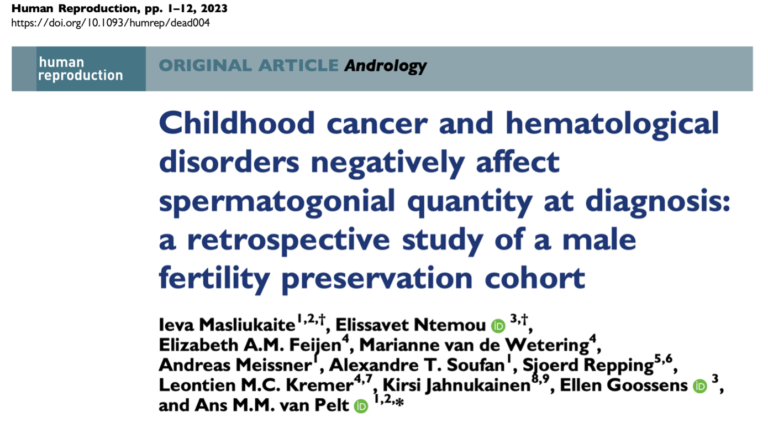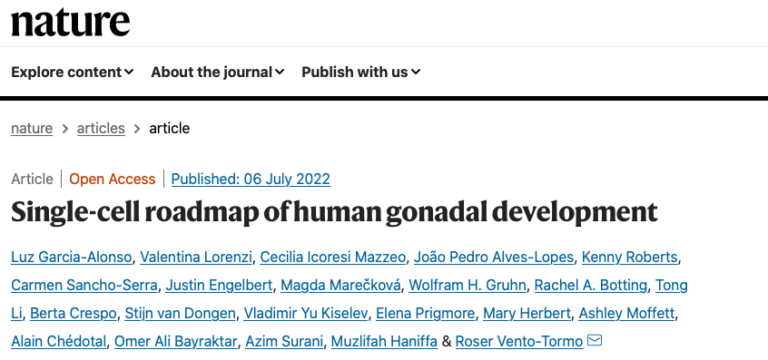Childhood cancer and hematological disorders negatively affect spermatogonial quantity at diagnosis: a retrospective study of a male fertility preservation cohort
For young boys with cancer or a non-malignant hematological disorder, conditioning therapy, abdominal/pelvic radiotherapy, and certain chemotherapies form a major risk for germ cell loss. Contradictory studies have investigated the direct effects of such diseases on the development of the prepubertal male gonad before mainline treatment. For health professionals to counsel pediatric patients in the …








